simply use this (non array) formula:
=SUMPRODUCT((COUNTIFS(A2:E2,"<>0",A2:E2,A3:E3)>0)*1)
but for the second part, i don't think there is a dynamically way without VBA :/
as UDF i suggest something like this: (for the second part only)
Public Function getDoubles(rng1 As Range, rng2 As Range) As String
Dim cell As Variant, str As String
For Each cell In rng1.Value
If cell <> 0 And Not IsError(Application.Match(cell, rng2, 0)) Then str = str & cell & ", "
Next
getDoubles = Left(str, Len(str) - 2)
End Function
But keep in mind: having a value multiple times in one range, the formula/UDF will pretty much likely mess up
To do it in a clean way (skipping all doubles) you can use this:
Public Function getDoubles(rng1 As Range, rng2 As Range, Optional getList As Boolean, Optional compType As VbCompareMethod = vbTextCompare) As Variant
If rng1.Count = 1 Then
getDoubles = Not IsError(Application.Match(rng1.Value, rng2, 0))
Exit Function
ElseIf rng2.Count = 1 Then
getDoubles = Not IsError(Application.Match(rng2.Value, rng1, 0))
Exit Function
End If
Dim tempCol As New Collection
Dim colItem As Variant
Dim isInCol As Boolean
Dim rngItem As Variant
For each rngItem in rng1.Value
isInCol = False
If Len(rngItem) > 0 And rngItem <> 0 Then 'remove the "And getOut <> 0" to do it also for 0's
For Each colItem In tempCol
isInCol = (StrComp(colItem, rngItem, compType) = 0)
If isInCol Then Exit For
Next
If Not isInCol Then tempCol.Add rngItem
End If
Next
Dim getOut As Variant
If getList Then
getOut = ""
Else
getOut = 0
End If
For Each colItem In tempCol
For Each rngItem In rng2
If StrComp(colItem, rngItem, compType) = 0 Then
If getList Then
getOut = getOut & colItem & ", "
Else
getOut = getOut + 1
End If
Exit For
End If
Next
Next
If getList Then
getDoubles = Left(getOut, Len(getOut) - 2)
Else
getDoubles = getOut
End If
End Function
If one (or both) range is only one item, it will return true if it is inside the other range, else it will be false.
Having 2 ranges of at least 2 cells it will output as folows without doubles:
=getDoubles(range1,range2) = the count of matches
=getDoubles(range1,range2,1) = the "," separated list of matches
=getDoubles(range1,range2,0,0) = like the first but case sensitive
=getDoubles(range1,range2,1,0) = like the second but case sensitive



